'Art is history': National Endowment for the Arts chair visits Alabama Black Belt artists
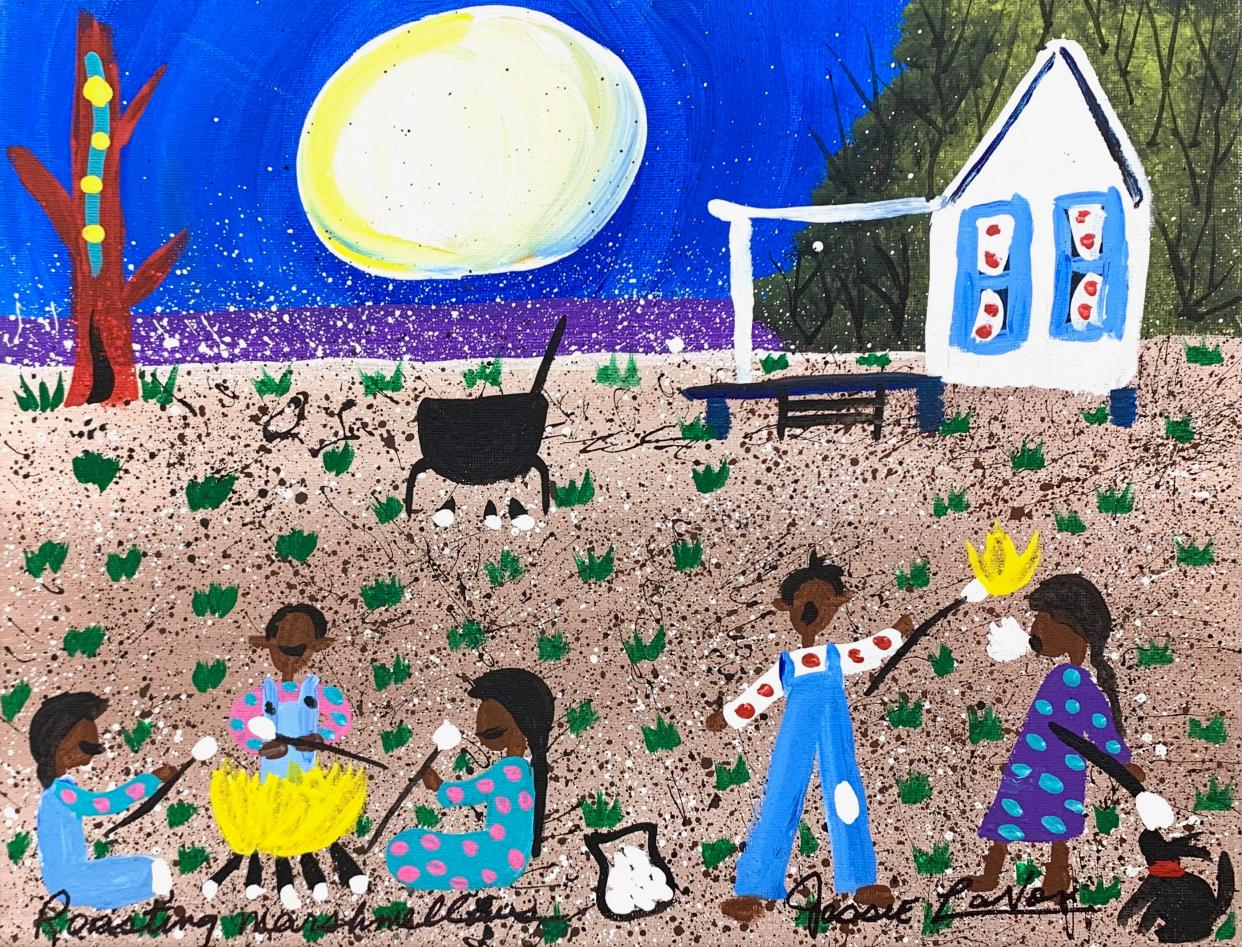
Above all else, the Alabama Black Belt values its history and traditions. The quilts, sculptures and paintings that come from the region tell its story, and they are integral to the Black Belt’s cultural and economic vitality.
Women in rural Wilcox County sew colorful quilts today because that was their great-grandmothers’ livelihood decades ago. It reminds them of the time when their Black ancestors quilted for warmth on plantations or when they found economic empowerment in selling their art during the Civil Rights Movement.
Charlie Lucas, famed Selma “Tin Man” sculptor, makes his art because “art is our history.” His great-grandfather was a blacksmith, and he was the person who introduced Lucas to the metalworking he incorporates into each of his pieces.
Read this: Tennessee challenges Biden LGBTQ anti-discrimination policy over school lunch funding
For subscribers: Footage shows police stomping, kicking motorist they say was injured when he fell
The recognizable Miller family pottery, made from Perry County clay, traces its history back over 150 years. National folk art collectors value their vases and bowls, but the family still sells them at local festivals and in galleries like Black Belt Treasures in Camden.
“You can talk a lot of trash about Alabama, and it sticks in a lot of areas, but one thing that we have produced is a wide range of artists, from writers to musicians and craft artists, and many of those are rooted in traditional culture,” retired Alabama folklorist Joey Brackner said. “They are of this place.”
Brackner and other representatives from across the arts met in Selma last week to talk about the joys and struggles of carrying the torch for Alabama’s traditions. There to listen were Dr. Maria Rosario Jackson, chair of the National Endowment for the Arts, and Dr. Elliot Knight, director of the Alabama State Council for the Arts.
“There is a strong network of artists and arts organizations in rural Alabama. There is also a need for funding and support for their work,” Jackson said in a statement to the Advertiser. “There was healthy conversation at the table about resources that are available to support this work. Sometimes that support is at the federal level through the National Endowment for the Arts. Sometimes it’s at a regional, state, or local level.”
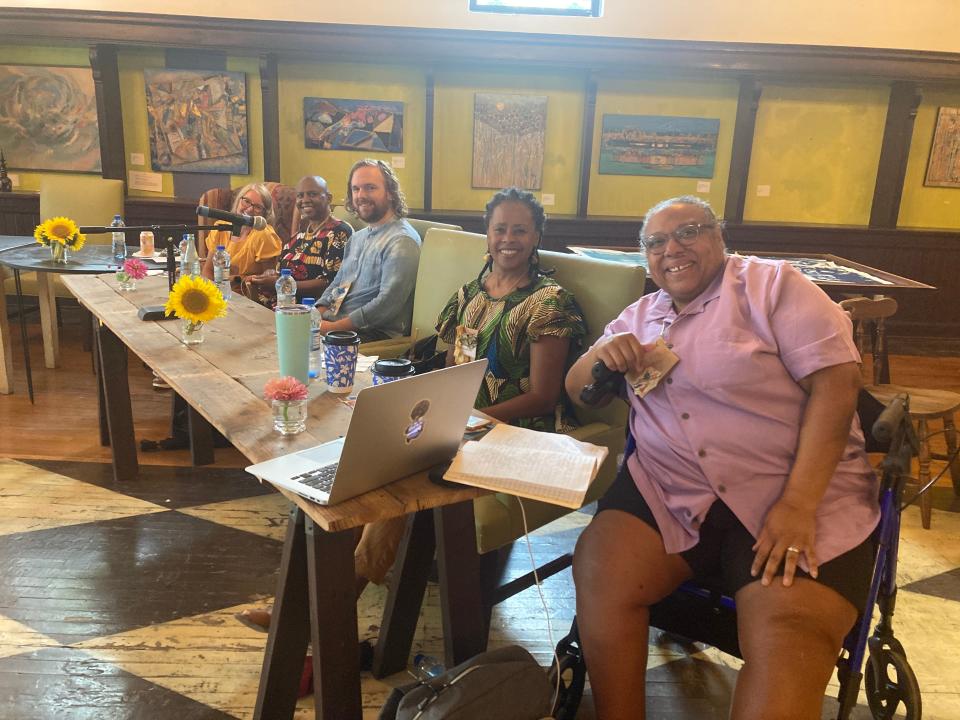
Brackner worked for the Alabama State Council for the Arts for 36 years, chronicling the work of traditional artists in Alabama and making sure they weren’t left out of funding opportunities from NEA and ASCA.
In the '60s and '70s, he said public support for the arts through tax dollars mostly centered around bringing “somebody else’s art,” like orchestras and ballets, to underserved populations in Alabama.
“There's nothing wrong with those art forms,” he said. “However, now, it also includes lifting up those arts that are from Alabama communities.”
Many artists who participated in the conversation recognized the draw of the Black Belt for tourism, and they want to amplify it.
Sulynn Creswell, the executive director of Black Belt Treasures Cultural Art Center, said the organization is intentionally located in Wilcox County "to draw tourists off the interstates and into the communities of the Black Belt region."
To date, she said Black Belt Treasures has sold more than $1.9 million of local artists' work, and tourists from all 50 states and 32 other countries have visited the gallery.
The problem Black Belt artists can face in attracting tourists, though, is a lack of access. Without many places where tourists can stay or restaurants where they can eat, artists said it’s hard to bring people to rural Alabama — even though they have a story worth sharing.
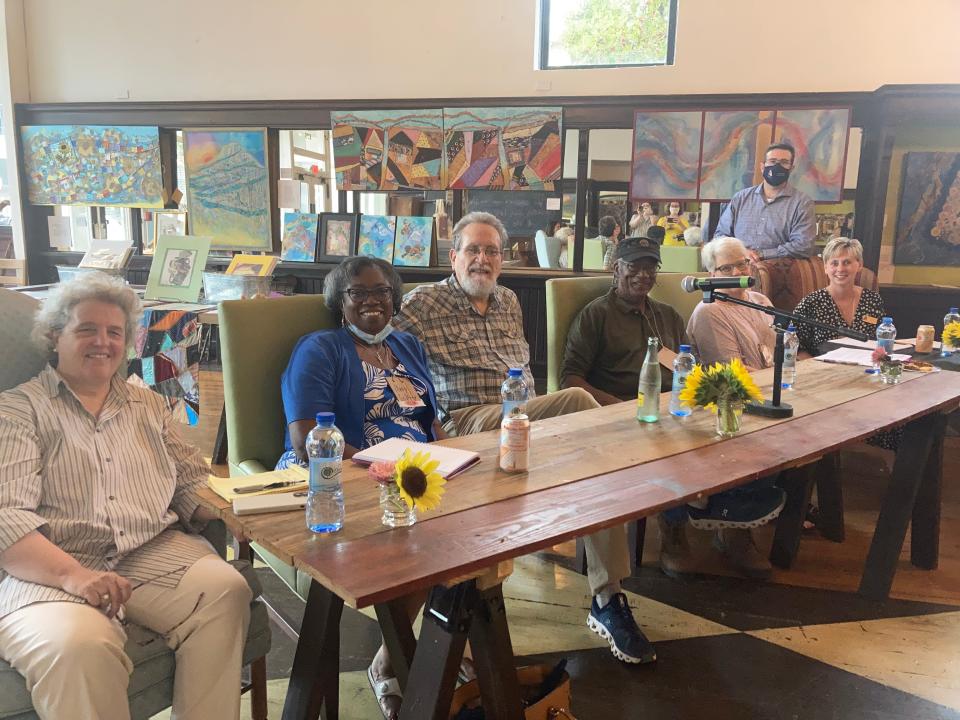
Limited broadband access adds another barrier as well.
“One of the things we want to do is make sure that this art becomes an economic driver to small communities like where we are,” Freedom Quilting Bee Legacy consultant Kim V. Kelly said. “People want to be here, and they want to buy products, but in Wilcox County, it’s very small.”
Kelly works with the Freedom Quilting Bee Legacy pro bono and helped the organization achieve its 501(c)(3) status. The nonprofit aims to preserve the history of the original Freedom Quilting Bee, which was established in 1966 as an organization of Black women who sold their quilts on a large scale during a time when they were otherwise disenfranchised.
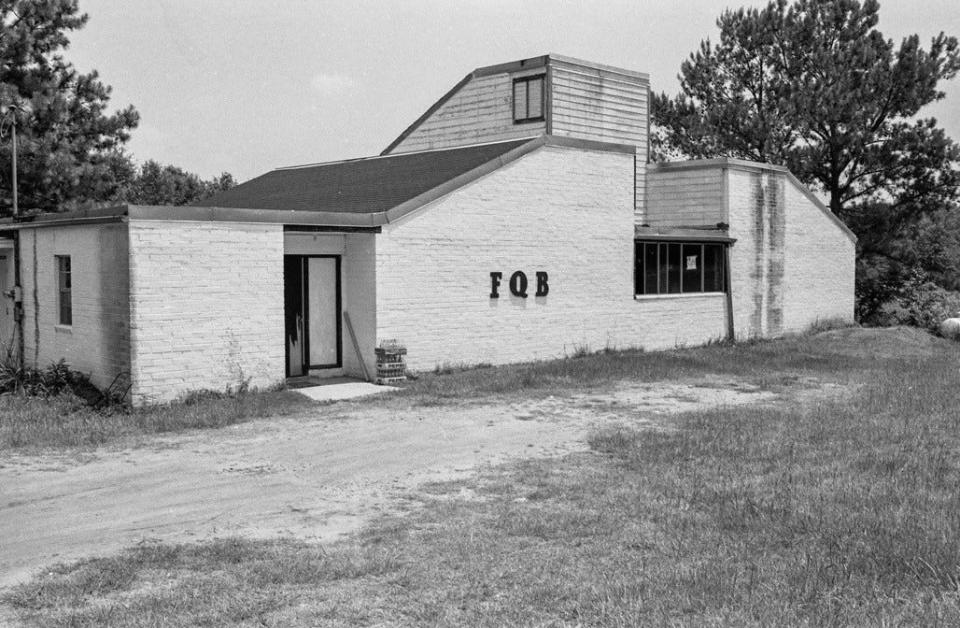
Before the Freedom Quilting Bee opened in Alberta and landed contracts with retailers like Saks Fifth Avenue, Martin Luther King, Jr., visited the area to advocate for voting rights.
“His message to the assembled crowd, and it was a big crowd, was that when you register to vote and when you vote, you will gain your freedom,” Kelly said. “They named the Freedom Quilting Bee after that speech that he gave.”
The 4,200-square-foot manufacturing building closed before the turn of the century, as people moved away and quilting returned to a traditional artform, not a manufactured good. Now, though, the Freedom Quilting Bee Legacy nonprofit is working to restore the building and develop the 14 acres that surround it into an artist’s community center. They plan to host workshops and tours, build cabins for lodging and have a gift shop.
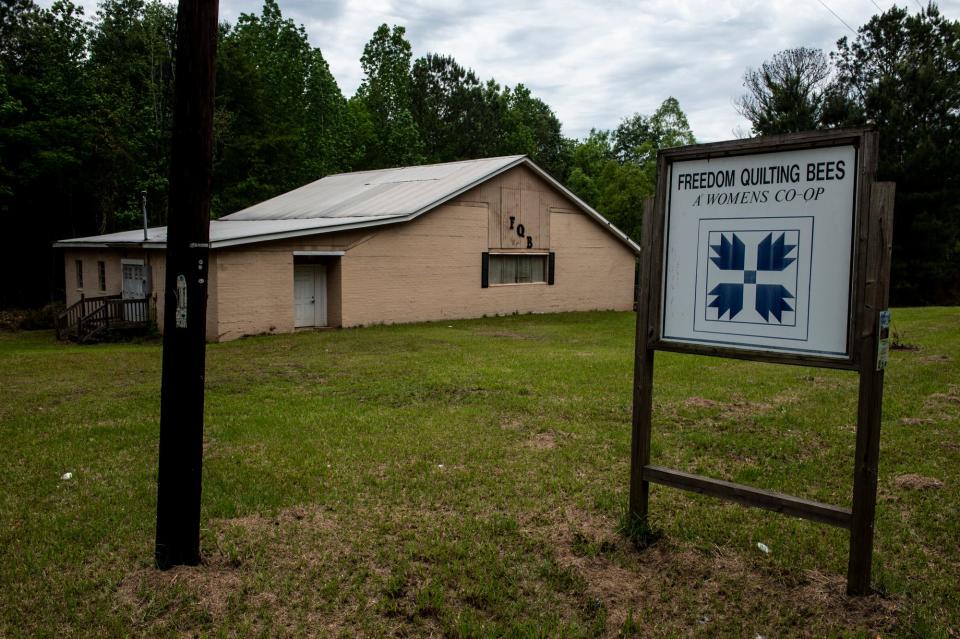
The Alabama State Council on the Arts awarded the nonprofit a $35,000 design grant to start executing this plan in October. Kelly is looking forward to the Freedom Quilting Bee Legacy’s future and said the nonprofit will potentially apply for national endowment, or NEA, grants for the project as well.
“They said one of the things that the NEA wants to do more of is to do direct grants to rural communities and to individual nonprofits rather than funneling money through different organizations,” Kelly said. “So I'm very interested in the NEA’s commitment to that.”
Several artists mentioned that the prospect of applying for NEA grants can be daunting. Because of the agency’s broad reach, smaller organizations or individual artists sometimes worry that their application will be one among a massive influx from around the country.
Staton Correctional Facility: Life-saving measures unsuccessful, man found unresponsive in Staton Correctional Facility
'An exciting event': Romay Davis, 102-year-old WWII veteran from segregated mail unit, honored
“It can be intimidating applying for something with the national endowment,” DRUM the Program director Elvie Schooley said. “But one of the needs that we have is we need funding support to develop teaching teams, because our program comes with a curriculum, services we provide, and we also collect data to understand our impact. We're busy.”
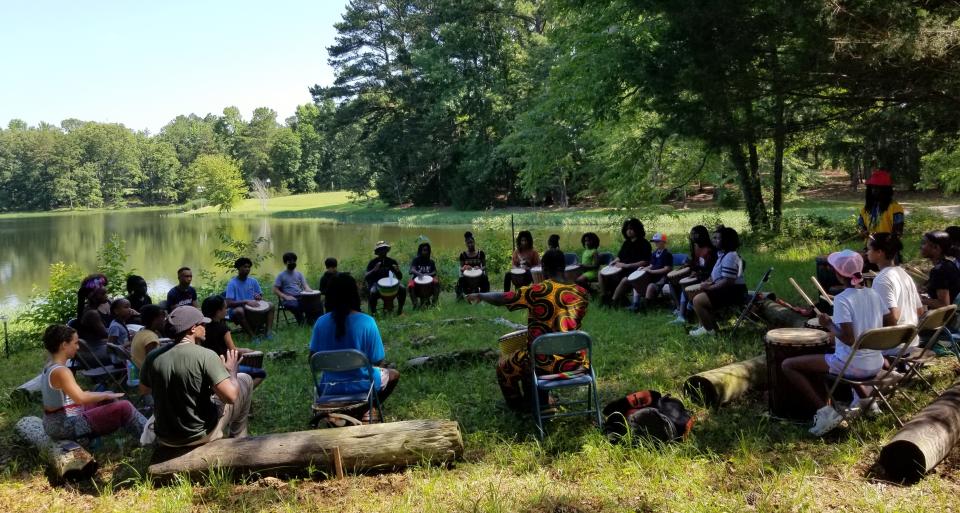
Schooley’s nonprofit uses arts education through summer camps and after school programs to teach West African drum and dance in Montevallo. She said she believes art should be woven into every child’s education, and she said it was heartwarming to meet with more than a dozen others in Selma dedicated to similar goals.
“Invisible divides in our communities, that racial divide is kind of melted away when you have art as a catalyst,” she said. “Art has found a way to create community.”
Hadley Hitson covers the rural South for the Montgomery Advertiser and Report for America. She can be reached at hhitson@gannett.com. To support her work, subscribe to the Advertiser or donate to Report for America.
This article originally appeared on Montgomery Advertiser: Alabama artists talk with National Endowment for the Arts chair

